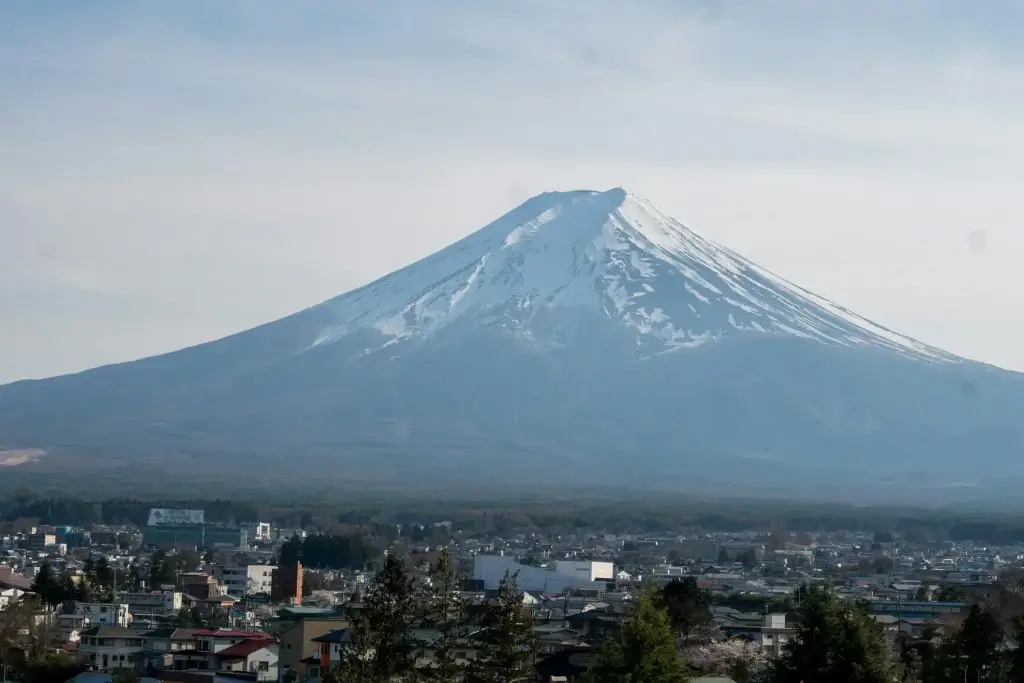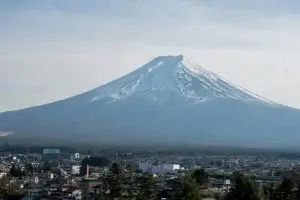
Introduction
Mount Fuji (富士山, Fujisan) is more than just a mountain—it’s a symbol of Japan, a UNESCO World Heritage Site, and a cultural icon that has captured the imagination of people worldwide for centuries. Standing at 3,776 meters (12,389 feet), this perfectly symmetrical volcanic cone is not only the highest peak in Japan but also one of the most recognizable natural landmarks in the world.
Located in the Chubu region, straddling Yamanashi and Shizuoka Prefectures, Mount Fuji represents a harmonious blend of natural beauty, spiritual significance, and geological wonder. Its near-perfect conical shape has inspired countless artists, poets, and photographers, making it a quintessential image of Japanese landscape and culture. The mountain is considered sacred in Japanese Shinto and Buddhist traditions, with a history of religious pilgrimage dating back over a thousand years.
For visitors who may not wish to climb to the summit, the Fuji Subaru Line provides easy access to the 5th Station (五合目, Gogome), located at 2,305 meters above sea level. This popular tourist spot offers stunning views of the Fuji Five Lakes area and surrounding mountains. The 5th Station features several restaurants, souvenir shops, and a rest house where visitors can experience the mountain atmosphere without a full climb. During the summer season, it serves as the most popular starting point for climbers heading to the summit, while year-round it remains a crucial sightseeing spot for tourists seeking to get closer to Mount Fuji.
Mount Fuji is an active stratovolcano, though its last eruption was in 1707. Today, it’s a popular destination for tourists, hikers, and nature enthusiasts from around the globe. The surrounding Fujigoko (Fuji Five Lakes) region offers breathtaking views, recreational activities, and a glimpse into the unique ecological and cultural landscape of central Japan.
Best time to visit
Summer (July – Mid September)
The official climbing season offers the best conditions for hiking Mount Fuji. During these months, mountain facilities and huts are fully operational, and the weather is most suitable for outdoor activities. However, this is also the peak tourist season, so expect larger crowds and be sure to book accommodations well in advance.
Spring (March – May)
Spring brings spectacular views of snow-capped Fuji framed by cherry blossoms around the Fuji Five Lakes. The comfortable temperatures make it ideal for sightseeing and outdoor activities. This season offers a less crowded experience than summer while still providing excellent photo opportunities and clear visibility.
Autumn (October – November)
Fall presents Mount Fuji against a backdrop of vibrant autumn colors. The clear, crisp weather conditions make this season particularly good for photography. Visitors can enjoy pleasant temperatures and relatively thin crowds while exploring the surrounding areas and taking in the mountain views.
Winter (December – February)
Winter transforms Mount Fuji into a snow-covered wonderland. While climbing is restricted, this season is perfect for winter sports enthusiasts and hot spring lovers. The fewer tourists mean a more peaceful experience, and the cold, clear days often provide the sharpest views of the mountain.
Top things to do
- Hiking and Climbing (Summer Season)
- Photography and Scenic Views
- Visit Fujigoko (Fuji Five Lakes)
- Explore Nearby Shrines and Temples
- Enjoy Hot Springs (Onsen)
- Cultural Festivals and Events
- Winter Snow Activities
About the Location
- Name: Mount Fuji (富士山)
- Address: Kitayama, Fujinomiya, Shizuoka 418-0112
- URL: https://www.fujisan-climb.jp/en/index.html


